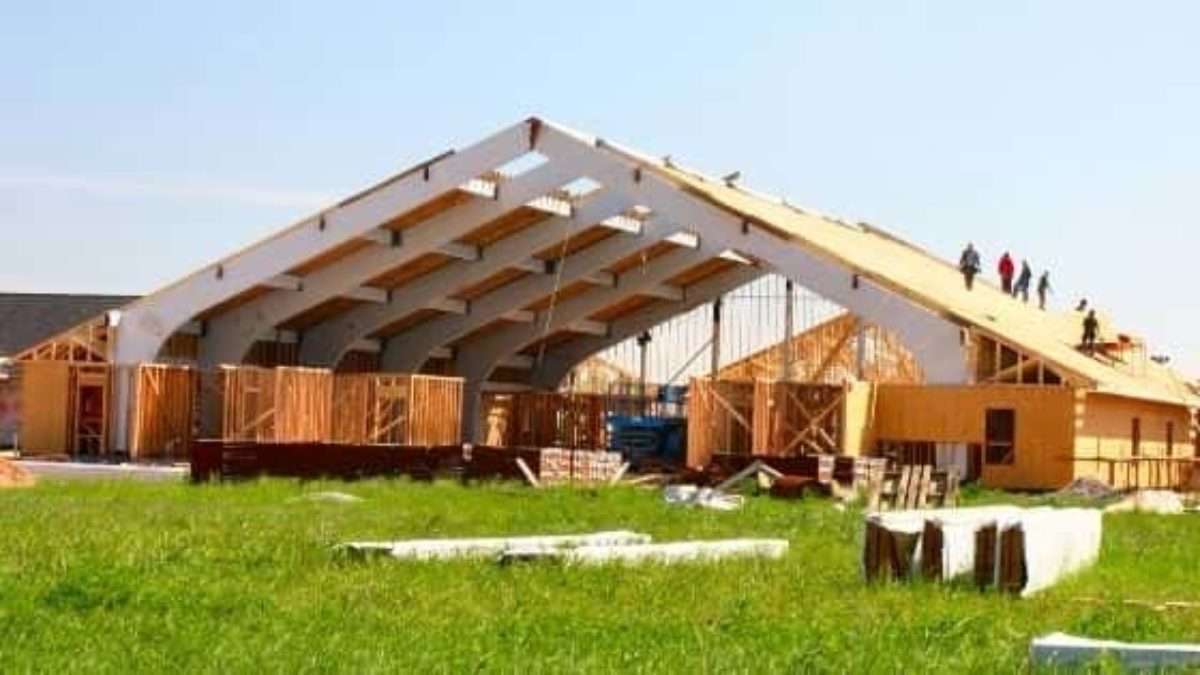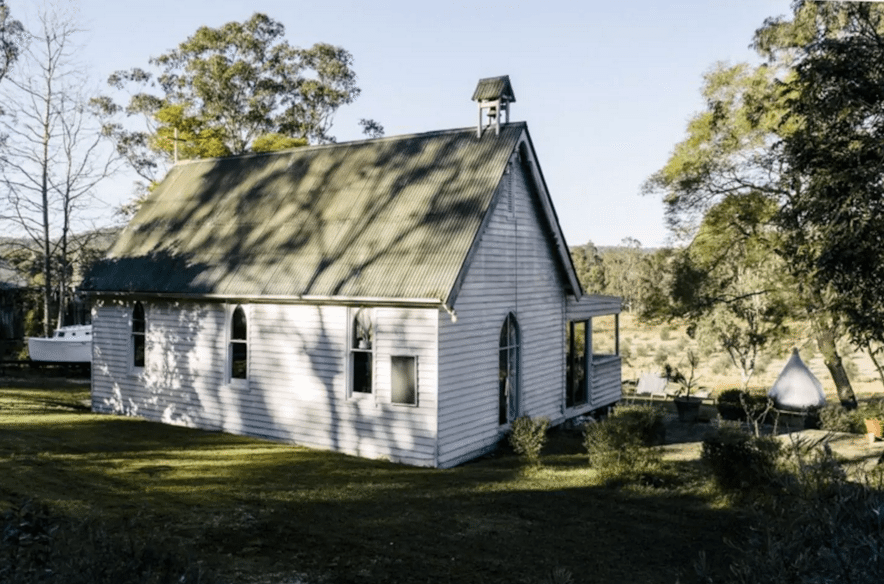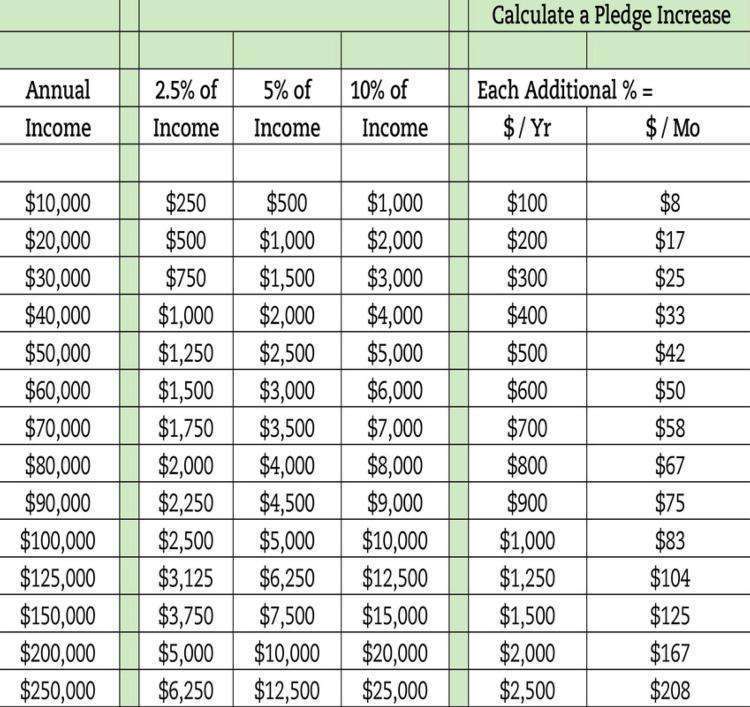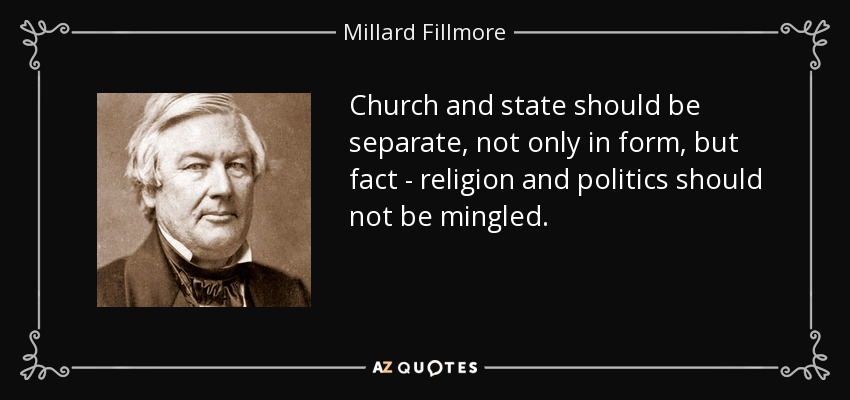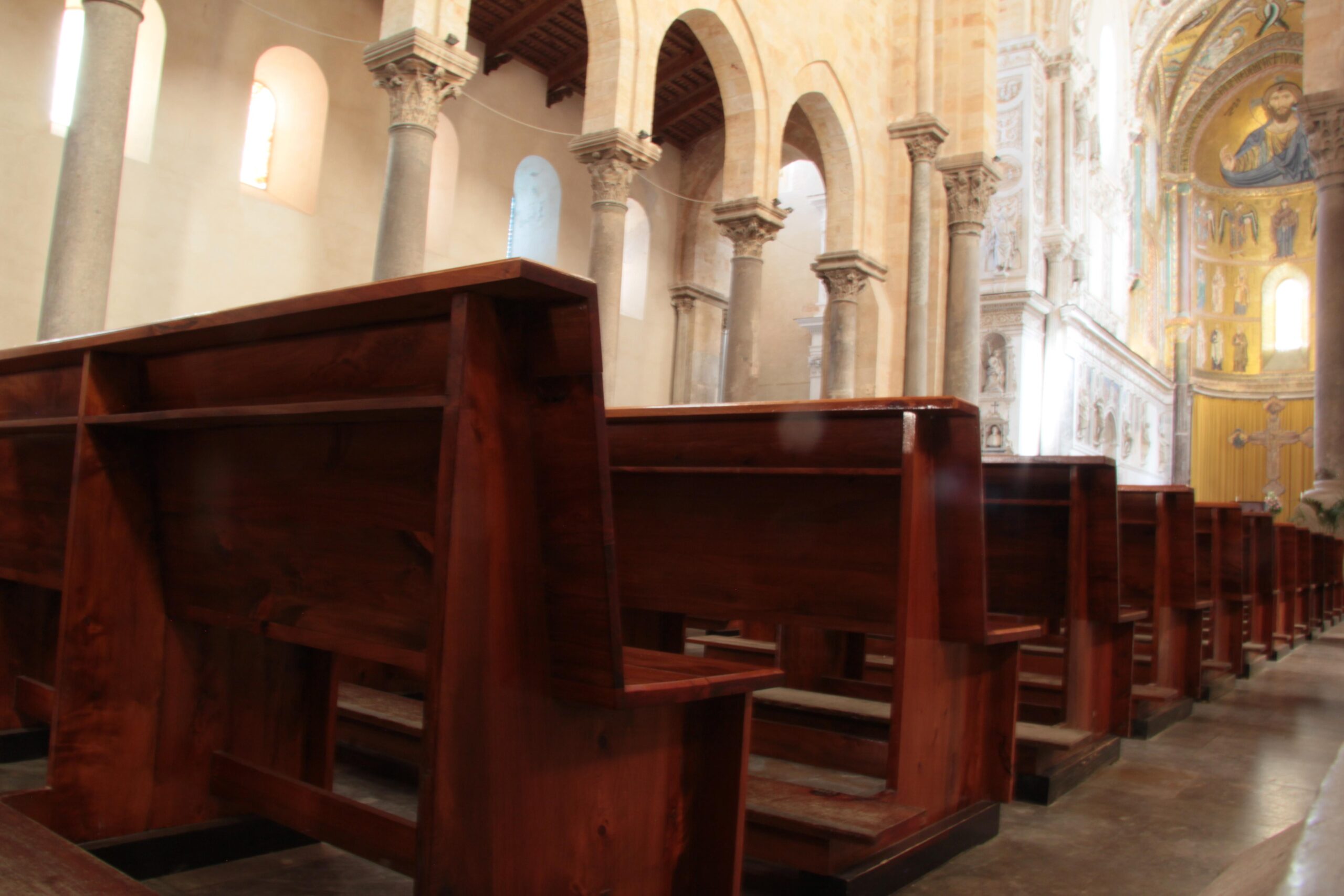Introduction
Churches have been a part of human society for centuries. From humble beginnings, churches have grown into some of the most iconic structures in the world. And for good reason—they provide a place for people to come together and worship. If you’re planning on building your own church, there are a few things you need to take into account. In this blog post, we will explore some of the basics of church architecture and construction. From floor plans to construction materials, read on to learn everything you need to know to bring your church to life.
Types of Church Buildings
There are a variety of church building types that can be used for various purposes. Some churches use traditional architecture, while others may prefer more modern designs.
One popular type of church building is the chapel. Chapels typically have a small seating capacity and are used for religious ceremonies or smaller gatherings. They can be used as standalone buildings or they can be combined with other structures, such as a school or a nursing home, to create a larger church.
Another popular type of church building is the auditorium. Auditoria are often large and have a capacity for many people to gather together. They are often used for services and events that are important to the community, such as baptisms or weddings.
Churches also have the option to build smaller buildings called chapels-on-wheels. These chapels can be moved around to different locations so that they can serve the needs of the community.
Planning Your Church Building
Church building planning begins with understanding your congregation size and needs. Churches of all sizes have a variety of services and ministries that fit their congregation’s needs. Once you know this, it is important to identify the space that will be used for worship.
Once the worship space is identified, you must account for the number of seats that will be needed. Most churches use pews, but there are other seating options available, such as chairs or standing room. Next, you must consider how to divide the space into spaces for different ministry groups and services. This includes areas for children, adults, choir and pastor’s office; each group has specific needs that should be accommodated in the church building.
After deciding on the layout of the church building, it is important to choose a construction method that best suits your budget and site conditions. The most popular types of church buildings are those constructed using concrete or masonry; both require long lead times and can be expensive to build. Other materials used for church construction include steel framing and wooden boards; these options are less expensive but may not withstand extreme weather conditions well.
Once you have finalized your church building plans, it is important to submit them to your local zoning board for approval. Church building plans can often be changed during construction due to unforeseen changes in the site or congregation; always consult with your construction company before beginning work on your church building project
Choosing the Right Materials
When planning to build a church, it is important to choose the right materials. There are many different types of building materials available, and it can be difficult to decide which one is best for your specific needs. Here are some tips on choosing the right building material:
Wood
Wooden buildings are one of the most popular options for churches. They are affordable and easy to construct, making them a great option for churches that want an economical solution. Wooden buildings can also last a long time if they are properly maintained. However, wooden buildings do not withstand weather conditions well, so it is important to select a location that will be able to tolerate heavy rainfall or snowfall.
Brick and Stone
Brick and stone churches are another popular choice for churches. They are sturdy and resistant to weather damage, making them a good option for locations that are prone to severe weather conditions. Additionally, brick and stone Churches tend to be more aesthetically pleasing than wood Churches, making them more popular among visitors. One downside of brick and stone Churches is that they can be more expensive than wood Churches.
Plasterboard
Plasterboard churches are another popular option for churches. They are cheap to build and relatively easy to maintain, making them an ideal solution for smaller churches that don’t have much money available set aside for construction costs. However, plasterboard Churches can be less aesthetically pleasing than other types of Churches, and they cannot withstand weather conditions as well as other
Installation and Finishing Touches
Building a church building can be an exciting and fulfilling experience, but there are a few things to keep in mind before starting. First, make sure you have all the necessary permits ready. Second, make sure to get quotes from different contractors so you can get the best deal. Finally, be sure to finish the project on time and within budget. Here are a few tips for installation and finishing touches:
1) Make sure to select the right materials. Building a church requires specialized materials that may not be available at your local hardware store. This is why it’s important to get quotes from multiple contractors before beginning construction.
2) Get organized. Before beginning construction, it’s important to organize all of the materials needed for the project. This will help keep things running smoothly and ensure that everything arrives on site when it’s supposed to.
3) Follow the schedule. Building a church is a big project, and there are deadlines to meet if everything is going to go as planned. Be sure to follow the schedule closely so that everything stays in order.
4) Thank everyone involved. Once construction is complete, it’s important to thank everyone who contributed their time and expertise during the process. This includes contractors, volunteers, and members of your congregation
Conclusion
Building a church can be an incredibly rewarding experience, but it’s also a lot of work. If you’re thinking of embarking on this venture, or if you are currently building your church and have some questions about the process, read on for some helpful advice. First and foremost, make sure to get plenty of estimates so that you know what is actually involved in building a church from the ground up. Once you have an idea of the cost and time commitment, start planning your project accordingly by preparing sketches and meeting with contractors to get an estimate for their services. Finally, be persistent — churches take time to build, but the rewards are worth it!
Introduction
Churches have been a part of human society for centuries. From humble beginnings, churches have grown into some of the most iconic structures in the world. And for good reason—they provide a place for people to come together and worship. If you’re planning on building your own church, there are a few things you need to take into account. In this blog post, we will explore some of the basics of church architecture and construction. From floor plans to construction materials, read on to learn everything you need to know to bring your church to life.
Types of Church Buildings
There are a variety of church building types that can be used for various purposes. Some churches use traditional architecture, while others may prefer more modern designs.
One popular type of church building is the chapel. Chapels typically have a small seating capacity and are used for religious ceremonies or smaller gatherings. They can be used as standalone buildings or they can be combined with other structures, such as a school or a nursing home, to create a larger church.
Another popular type of church building is the auditorium. Auditoria are often large and have a capacity for many people to gather together. They are often used for services and events that are important to the community, such as baptisms or weddings.
Churches also have the option to build smaller buildings called chapels-on-wheels. These chapels can be moved around to different locations so that they can serve the needs of the community.
Planning Your Church Building
Church building planning begins with understanding your congregation size and needs. Churches of all sizes have a variety of services and ministries that fit their congregation’s needs. Once you know this, it is important to identify the space that will be used for worship.
Once the worship space is identified, you must account for the number of seats that will be needed. Most churches use pews, but there are other seating options available, such as chairs or standing room. Next, you must consider how to divide the space into spaces for different ministry groups and services. This includes areas for children, adults, choir and pastor’s office; each group has specific needs that should be accommodated in the church building.
After deciding on the layout of the church building, it is important to choose a construction method that best suits your budget and site conditions. The most popular types of church buildings are those constructed using concrete or masonry; both require long lead times and can be expensive to build. Other materials used for church construction include steel framing and wooden boards; these options are less expensive but may not withstand extreme weather conditions well.
Once you have finalized your church building plans, it is important to submit them to your local zoning board for approval. Church building plans can often be changed during construction due to unforeseen changes in the site or congregation; always consult with your construction company before beginning work on your church building project
Choosing the Right Materials
When planning to build a church, it is important to choose the right materials. There are many different types of building materials available, and it can be difficult to decide which one is best for your specific needs. Here are some tips on choosing the right building material:
Wood
Wooden buildings are one of the most popular options for churches. They are affordable and easy to construct, making them a great option for churches that want an economical solution. Wooden buildings can also last a long time if they are properly maintained. However, wooden buildings do not withstand weather conditions well, so it is important to select a location that will be able to tolerate heavy rainfall or snowfall.
Brick and Stone
Brick and stone churches are another popular choice for churches. They are sturdy and resistant to weather damage, making them a good option for locations that are prone to severe weather conditions. Additionally, brick and stone Churches tend to be more aesthetically pleasing than wood Churches, making them more popular among visitors. One downside of brick and stone Churches is that they can be more expensive than wood Churches.
Plasterboard
Plasterboard churches are another popular option for churches. They are cheap to build and relatively easy to maintain, making them an ideal solution for smaller churches that don’t have much money available set aside for construction costs. However, plasterboard Churches can be less aesthetically pleasing than other types of Churches, and they cannot withstand weather conditions as well as other
Installation and Finishing Touches
Building a church building can be an exciting and fulfilling experience, but there are a few things to keep in mind before starting. First, make sure you have all the necessary permits ready. Second, make sure to get quotes from different contractors so you can get the best deal. Finally, be sure to finish the project on time and within budget. Here are a few tips for installation and finishing touches:
1) Make sure to select the right materials. Building a church requires specialized materials that may not be available at your local hardware store. This is why it’s important to get quotes from multiple contractors before beginning construction.
2) Get organized. Before beginning construction, it’s important to organize all of the materials needed for the project. This will help keep things running smoothly and ensure that everything arrives on site when it’s supposed to.
3) Follow the schedule. Building a church is a big project, and there are deadlines to meet if everything is going to go as planned. Be sure to follow the schedule closely so that everything stays in order.
4) Thank everyone involved. Once construction is complete, it’s important to thank everyone who contributed their time and expertise during the process. This includes contractors, volunteers, and members of your congregation
Conclusion
Building a church can be an incredibly rewarding experience, but it’s also a lot of work. If you’re thinking of embarking on this venture, or if you are currently building your church and have some questions about the process, read on for some helpful advice. First and foremost, make sure to get plenty of estimates so that you know what is actually involved in building a church from the ground up. Once you have an idea of the cost and time commitment, start planning your project accordingly by preparing sketches and meeting with contractors to get an estimate for their services. Finally, be persistent — churches take time to build, but the rewards are worth it!
